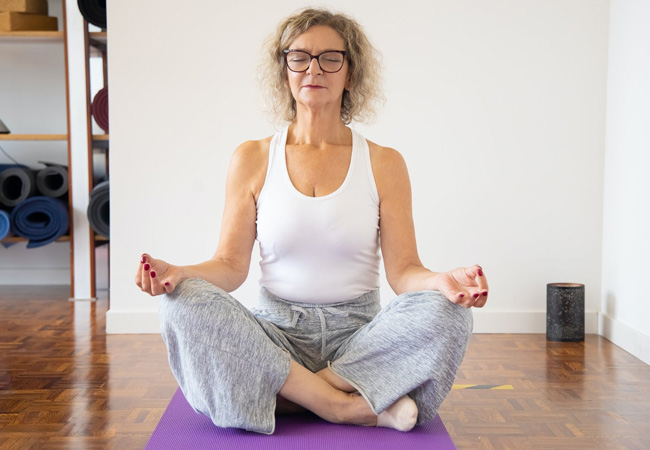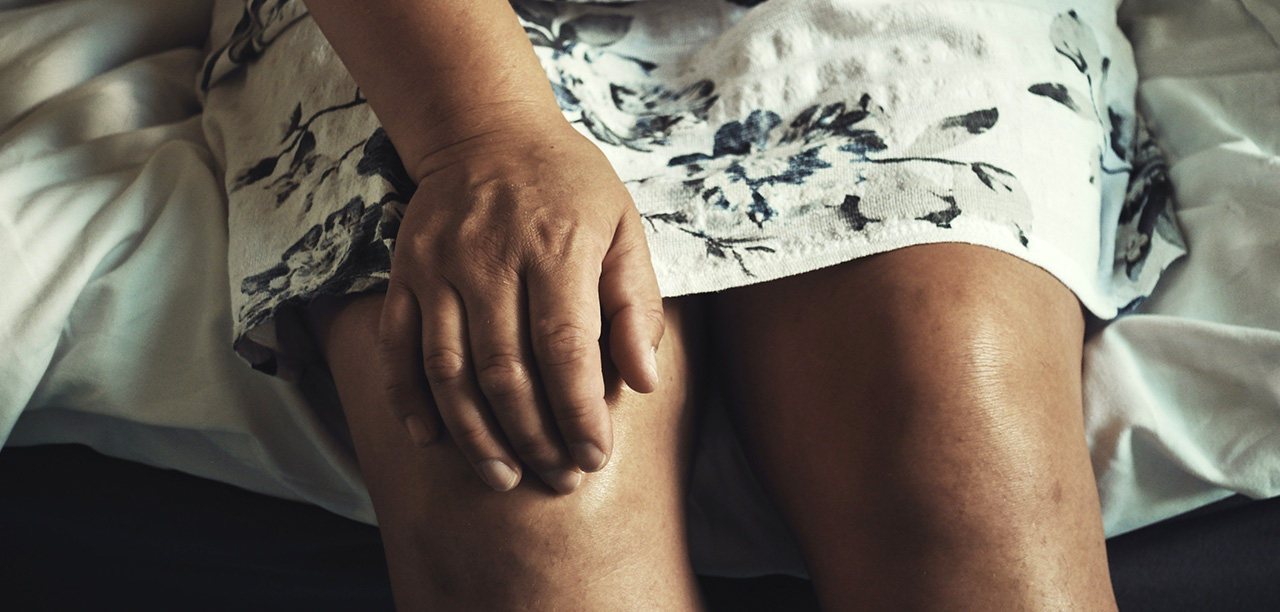The association of osteoarthritis and incidence of fracture is significant. One major study observing the effects of osteoarthritis (OA) on the risk of fractures conducted in the UK discovered that the amount participants who had OA and experienced at least one fracture was almost double the amount of those who did not have osteoarthritis.
This finding prompts the question, does osteoarthritis increase risk of fracture? While it has been documented that people with OA have an increased bone mineral density, which would appear to prevent fractures, this misconception disregards that those who suffer from OA are more likely to have falls.
Individuals with OA have a propensity to lose bone mineral density more rapidly than those without OA. Proper self-management at home to ensure pain relief, support, and daily exercise is vital to mitigate the risk of falling or any other incident leading to potential fractures.
Women with OA Have A Higher Risk of Fracture
Studies have shown that women have a higher risk of incident of fracture in comparison to men. In one study, men with and without osteoarthritis seemed to have a similar fracture rate, whereas the incident rates of fracture were consistently higher in women, reporting a 39% incident rate of women with OA compared with those without OA at 32%.

Many factors are to be considered when questioning whether osteoarthritis has a direct impact on the increased likelihood of fracture. Menopausal and postmenopausal women have a decline in oestrogen levels which causes bones to lose calcium and other minerals rapidly. Men also lose bone density as they age, but since testosterone levels in men decline at a steadier rate, their bone mass remains adequate for a longer period.
Body mass index (BMI) is another factor, with a higher BMI increasing the chances of OA and symptoms such as postural instability and joint pain and stiffness. With these symptoms potentially causing falls and other injuries, maintaining physical health is crucial for the prevention of incident.
What are the 4 stages of osteoarthritis?
Osteoarthritis of the knee develops over several stages ranging from minor to severe. If you feel any symptoms arising, the sooner you can identify your OA the sooner you can make lifestyle changes to avoid rapid progression of the disease, therefore lowering your risk of fracture due to the condition.
Stage 1 - Minor
This stage is when minor wear and tear and bone spur growths at the end of the knee joints develop. This stage may not cause discomfort and may not be identified unless it comes up during a health check-up. If discovered at this stage, you can begin to make lifestyle changes like incorporating low-impact regular exercises and taking supplements as per your doctor’s advice to slow the symptoms.
Stage 2 - Mild
At this stage, you may feel discomfort and stiffness and visit a doctor for an x-ray. This stage is when you'll find further bone spur growth of the knee. Cartilage and soft tissues remain normal at this stage. At this point, you might be prescribed exercise regimes and knee supports/braces to relieve the knee from stress. You might also consider an elimination diet to avoid further inflammation from particular foods.
Stage 3 - Moderate
There is now a noticeable deterioration of the cartilage between the bones. The bones continue to develop spurs at the joints, making them rougher, which results in increased and consistent pain and perhaps sounds of ‘popping’ or ‘snapping’ when doing regular activities. Doctor-prescribed anti-inflammatory drugs and therapies to lessen discomfort such as hyaluronic acid injections may help during this stage. A weight-loss program might also be suggested if required to take the pressure off your joints.
Stage 4 - Severe
The joint space is significantly reduced between the bones at stage 4 of osteoarthritis. This causes the cartilage to wear and tear further and lose joint fluid, resulting in painful stiffness and swelling. Soft tissue erosion might occur around the knees, and more spurs can develop. It is at this stage when the person suffering may consider surgery to alleviate the knee of the surrounding body pressure or a total knee replacement. There will be post-surgery rehabilitation to help the patient return to a mobile lifestyle.

Does osteoarthritis weaken your immune system?
Osteoarthritis is not an autoimmune disease. However, the white blood cells necessary to regulate immune responses were found to be more activated and pro-inflammatory in women with osteoarthritis, particularly those with a higher body mass index, in a study published in the medical journal Osteoarthritis and Cartilage. Chronic inflammation and osteoarthritis have been linked to an increased risk of heart disease, stroke, diabetes, and depression among adults with OA.
Final Thoughts
Although the incident risk of fracture is higher in women, both genders diagnosed with osteoarthritis face a higher risk of fracture if self-management and assessment are overlooked. Following self-care plans like the MyArthritisRx 6-week program from the comfort of your home can help optimize joint preservation and lower inflammation and pain by providing you with the tools and support needed to manage your osteoarthritis.





